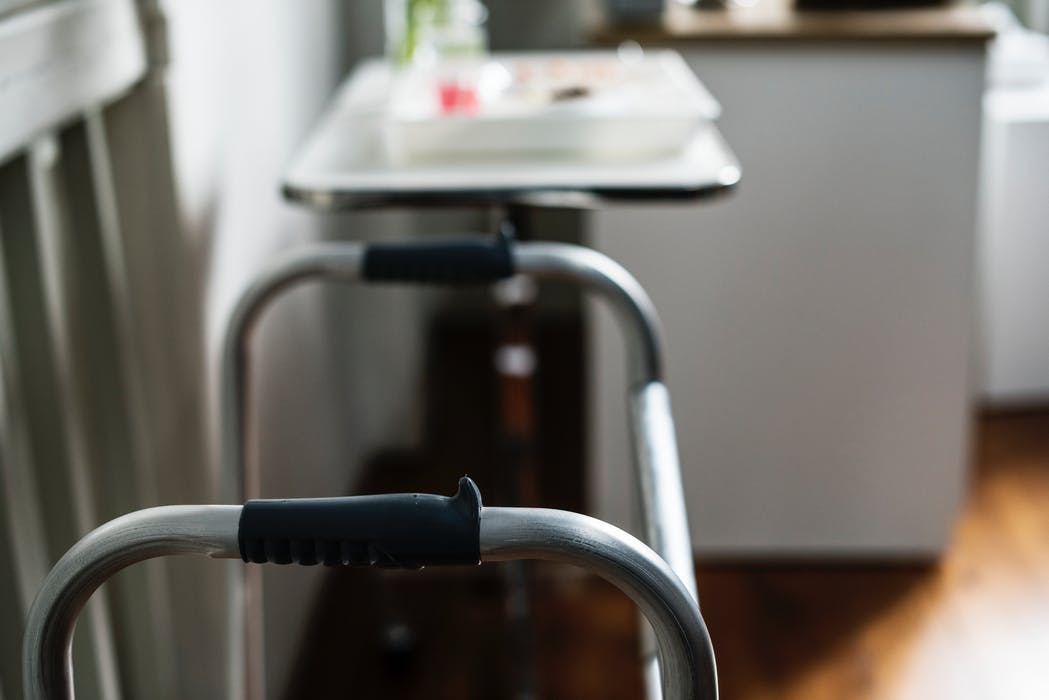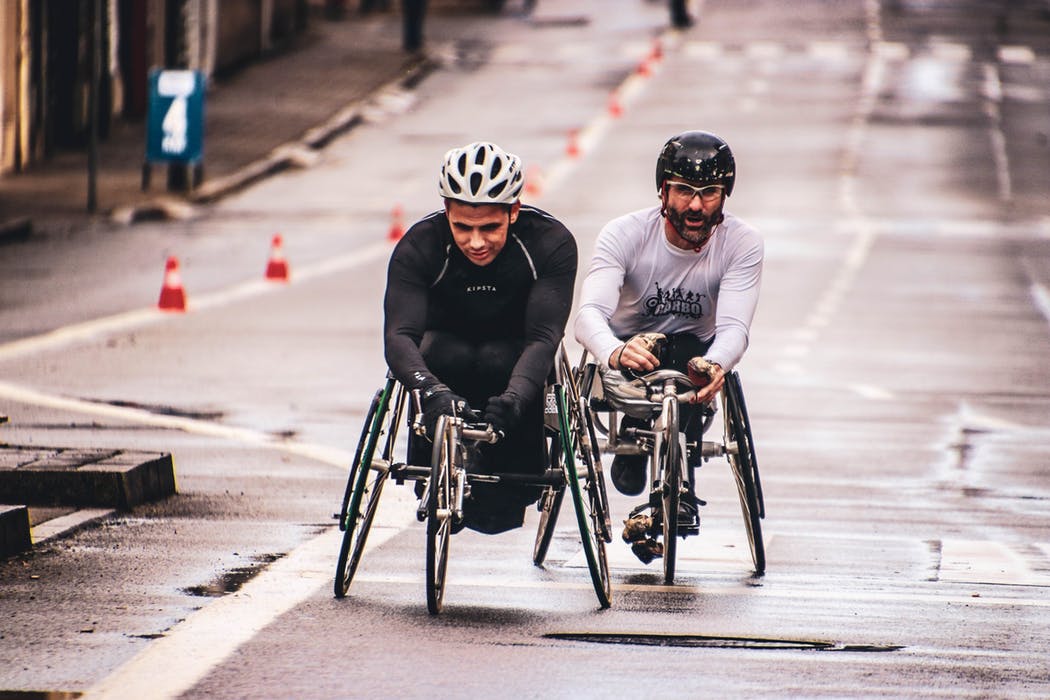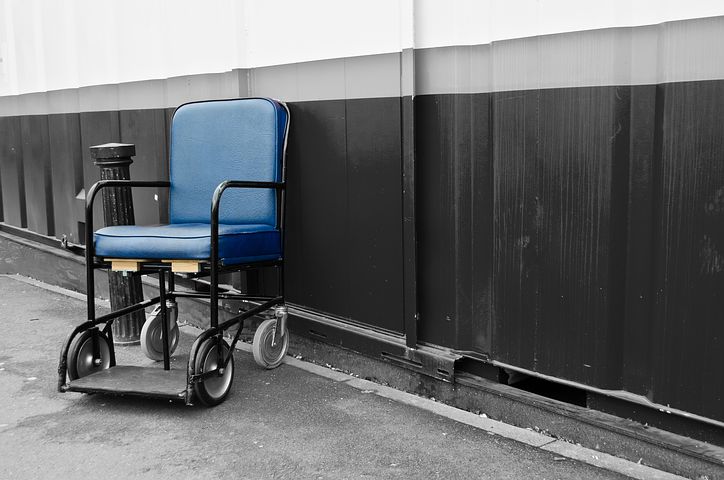
12 Nov A Guide to the Types of Disability Accommodation Equipment
Some people with a mental or physical impairment may require additional assistance getting around the home. Performing activities such as personal care (e.g. using the shower), walking and climbing stairs and using communication devices may be made easier for some people through the use of aids and equipment. These range from ramps to communication apps. Read on for more information on some of the types of equipment that may be available to use in an NDIS accommodation.

Stair climber
For those who have trouble climbing stairs and do not have access to a ramp or elevator in their disability accommodation containing stairs, a stair climber may be helpful. This is an easy-to-use, safe and comfortable motorized device which allows the user to be transported up or down stairs with the press of a button. It attaches to the side of the staircase and acts as a kind of ‘lift’ on which the person sits.
A stair climber can help increase access to the wider community and offer safety in the event of an evacuation or medical emergency.
Hygiene sling
This is a helpful piece of equipment for people with mobility issues. It may come in several forms, each suitable for bathing, showering or toileting. They are essentially slings which the person is fitted into; they help to transport and hold the person at the desired location. The sling may be attached to the ceiling or an external device, similar to a crane. They make it easier for people with mobility issues to practice daily hygiene in their disability accommodation in a comfortable way.
Wheelchair
A wheelchair is a classic piece of equipment used for people who cannot walk. Literally a chair on wheels, it may come in either electric or manual form. A manual wheelchair is easy to transport and may be cheaper, yet it might not suit people with upper body problems – it can also cause shoulder wear-and-tear.
In contrast, an electric wheelchair is generally easier to use and less tiring, but it is also very heavy and may require frequent charging. It is important to choose the right wheelchair based on the individual’s needs.

Communication aids
There are a range of different communication aids to assist people who have trouble speaking or using mobile devices. Some of these include artificial larynges, speech generating and voice amplifying devices, and specialised mobile devices (such as mobile phones with large screens and buttons). These may all be used in disability accommodation.
Home oxygen service
Home oxygen therapy is a process in which a person breathes in air which contains more oxygen than usual out of a machine or cylinder in the home. It may be used for people with a lung or heart condition which causes low amounts of oxygen in the blood. It can come in several forms: nasal cannula, mouth tube or face mask. People with low levels of oxygen in the blood may feel tired and out of breath. Home oxygen therapy helps prevent damage to the brain and heart which may be caused by these low levels of oxygen.
Mobility ramp
A mobility ramp is an incline which increases accessibility for people with mobility issues. It can be permanent, semi-permanent or portable. They may be used to enter vehicles, or used in sections of disability accommodation in which there are stairs.
Conclusion
There are a wide range of aids and equipment available for those living in disability accommodation, with these being just a few. It may also be possible to receive funding or rebates on required equipment and aids.


Sorry, the comment form is closed at this time.